OnePlus 9 Pro review: An instant cult classic
It's no longer the 'cheap' option, but the 9 Pro is the best Android alternative to Samsung
-
+
Splendid design
-
+
Stunning display
-
+
Snappy processor
-
-
Overexposed photos
-
-
Expensive

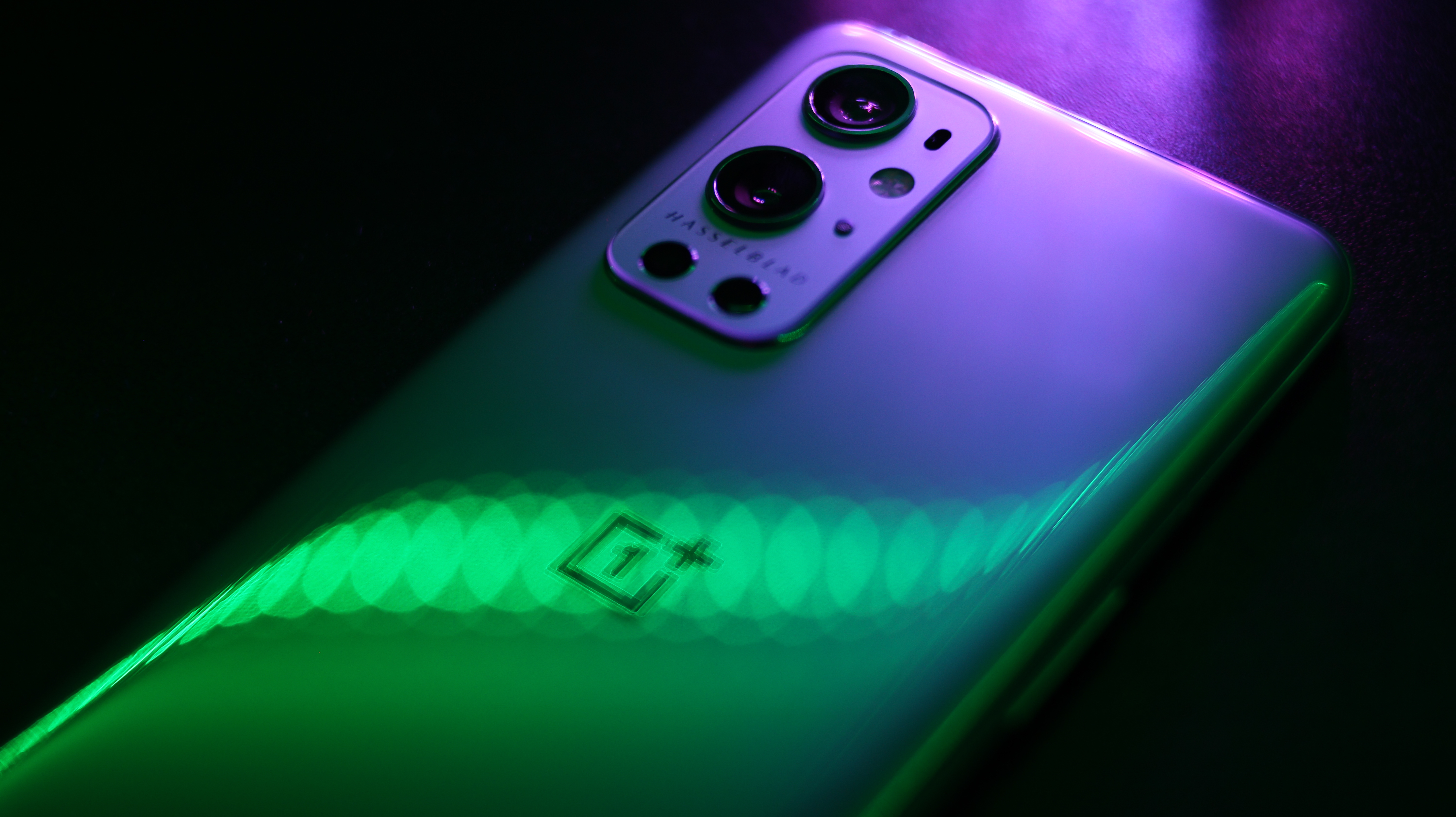
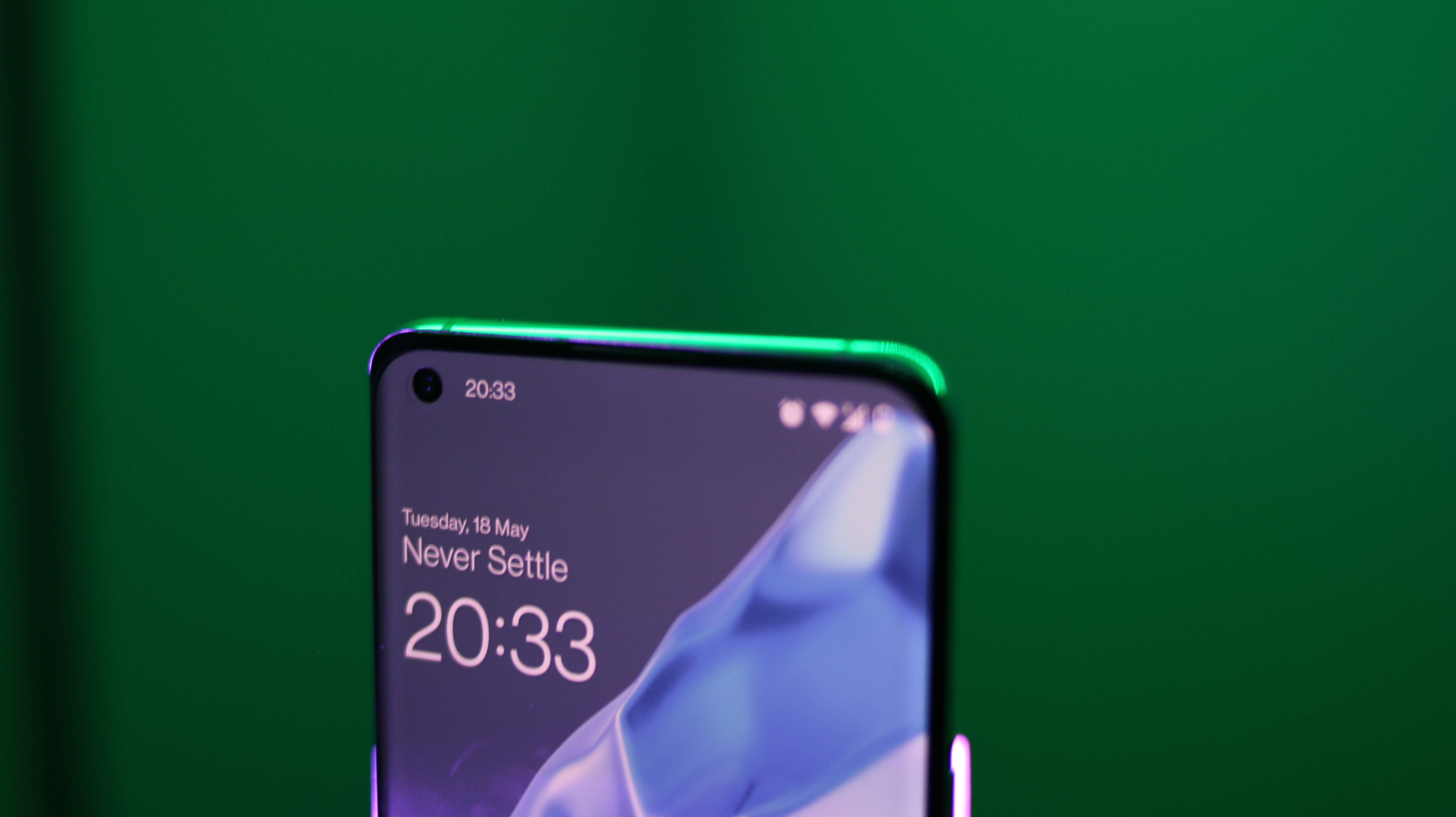
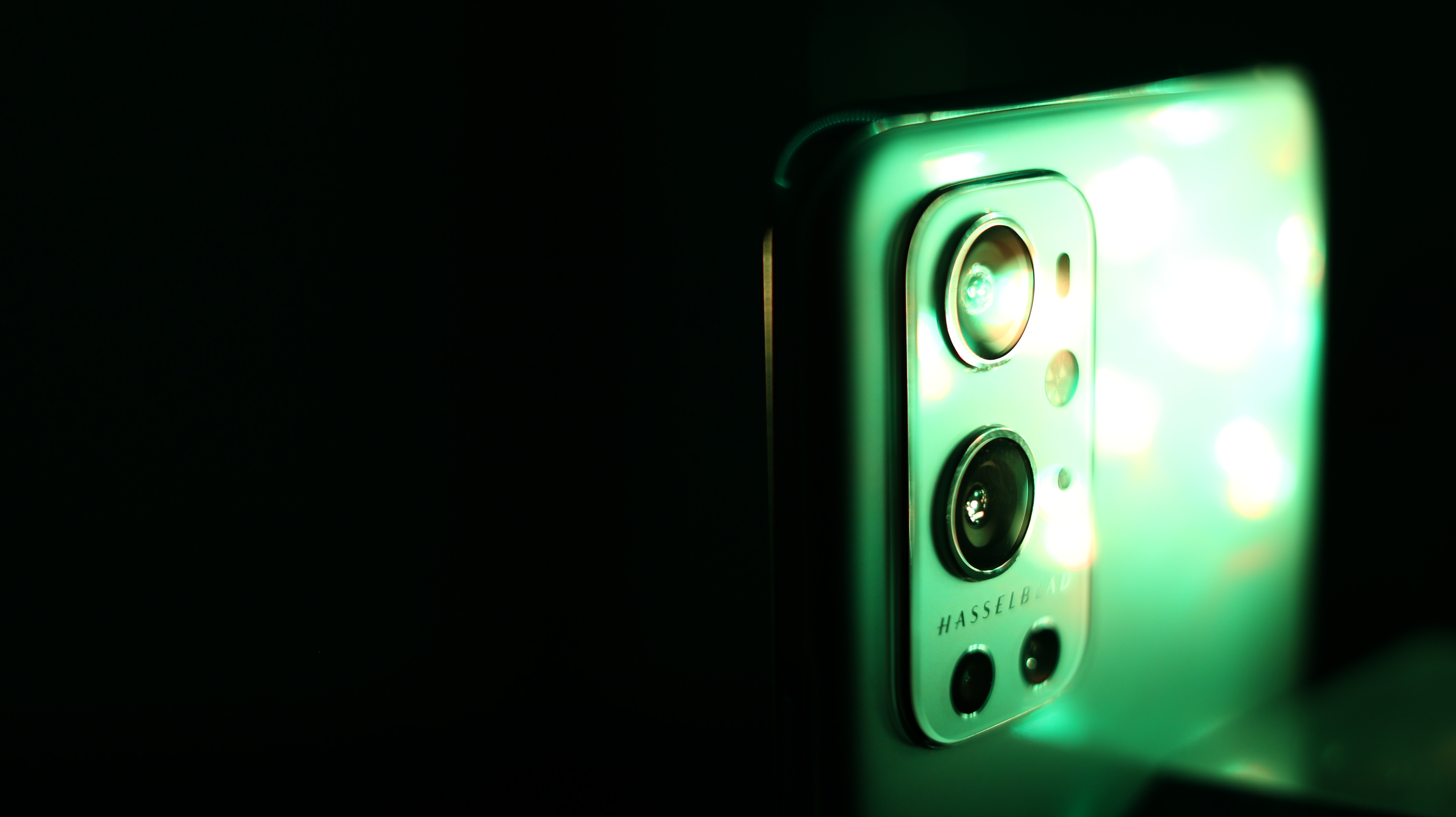
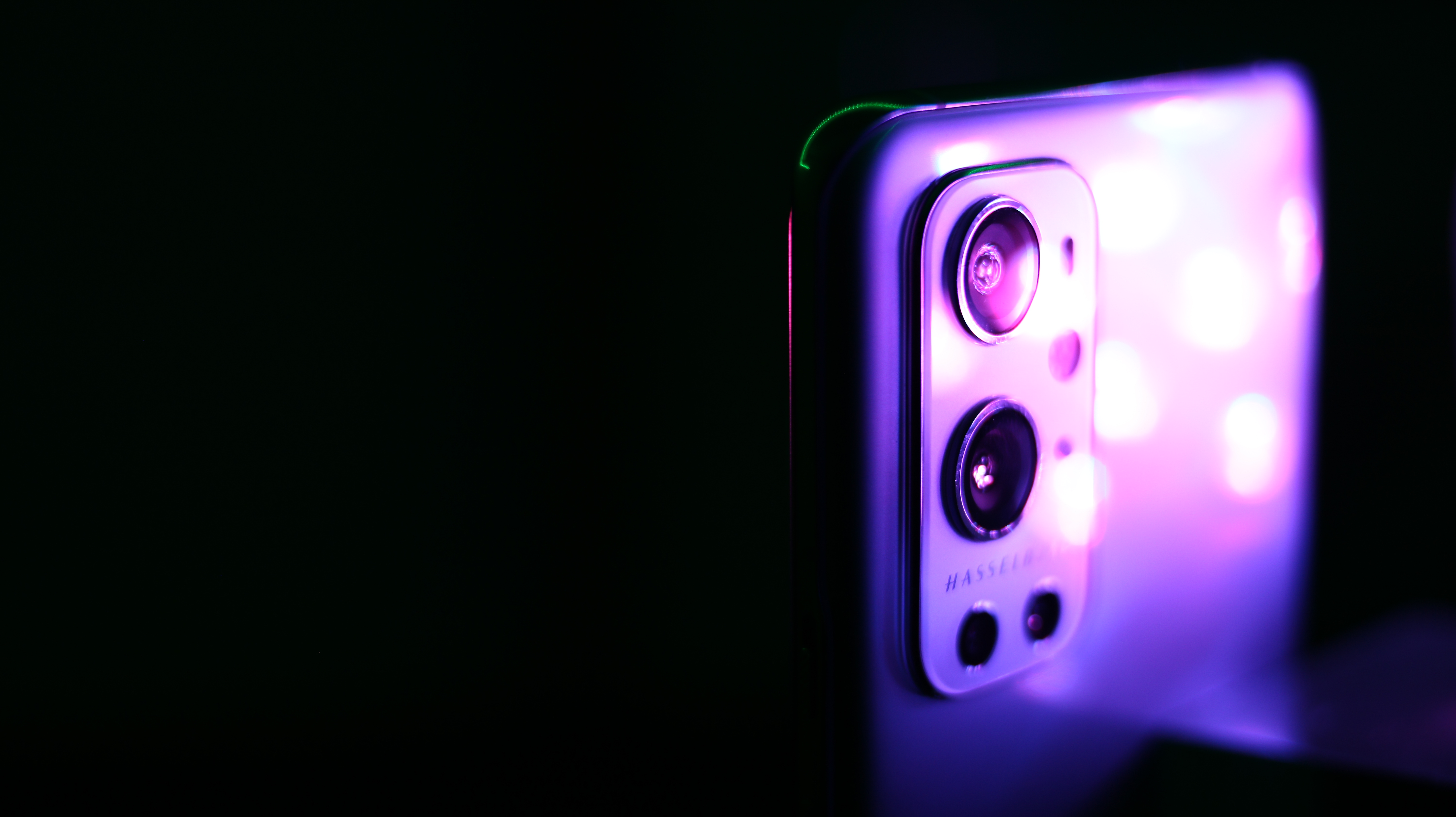
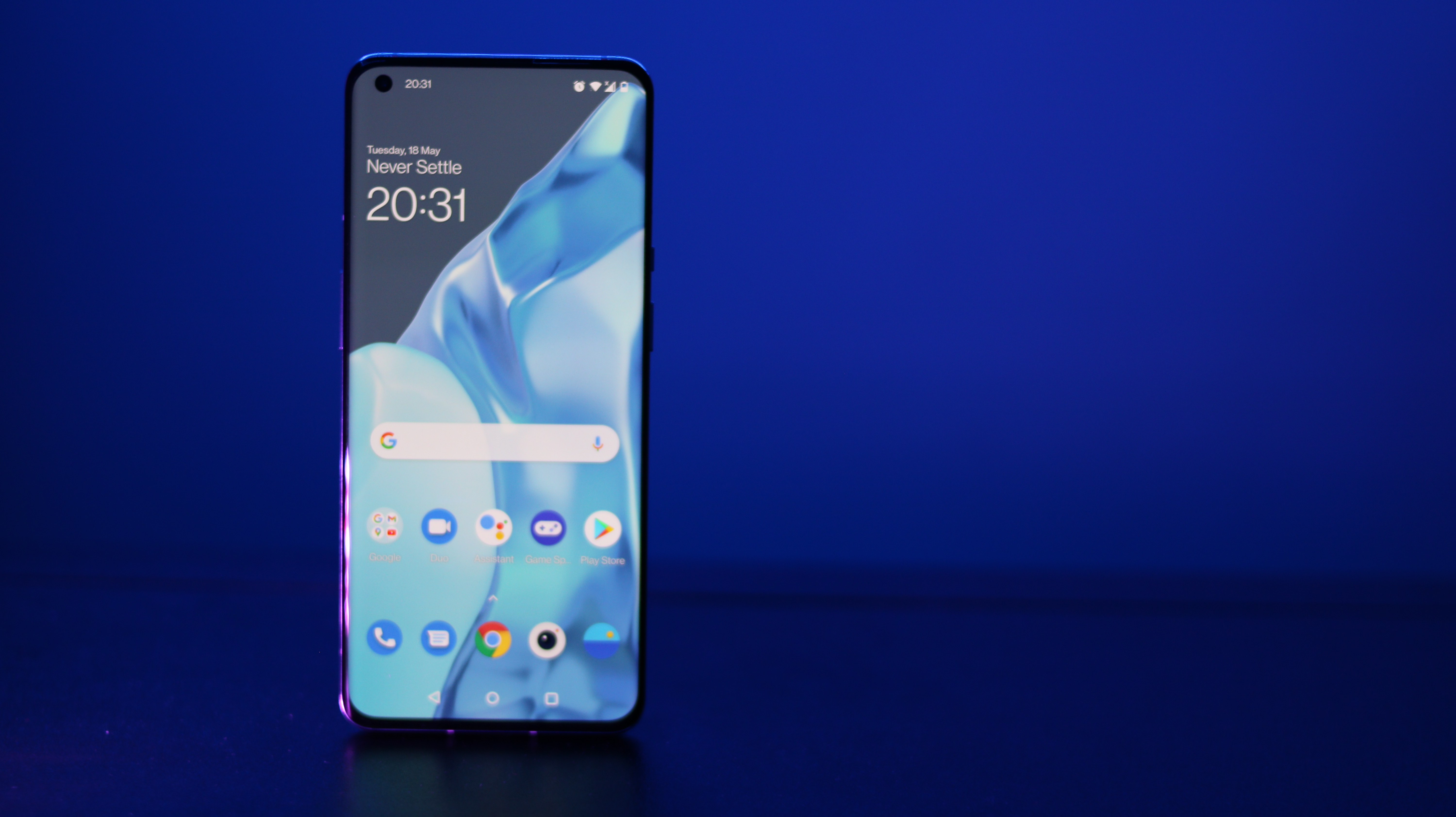
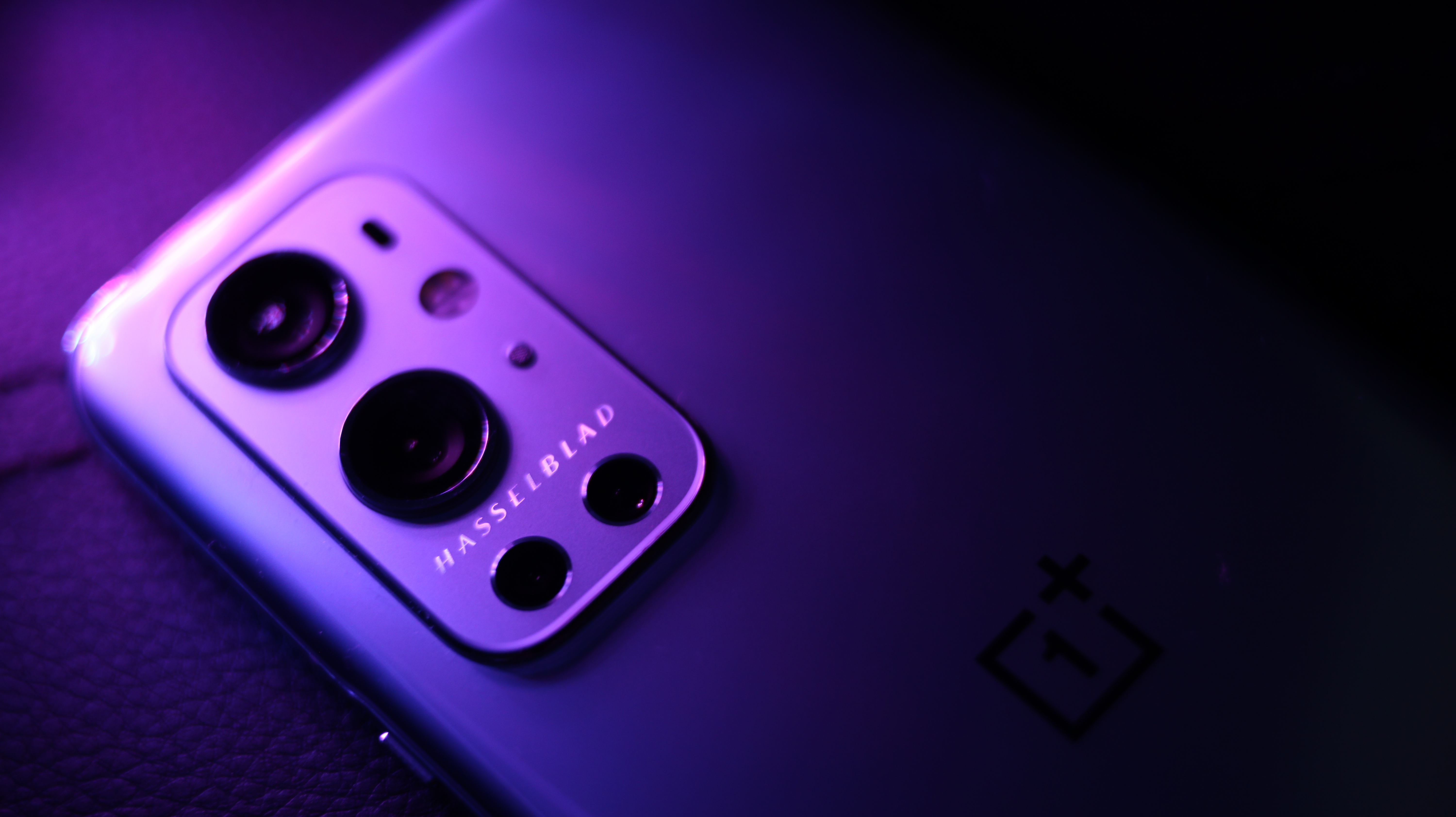
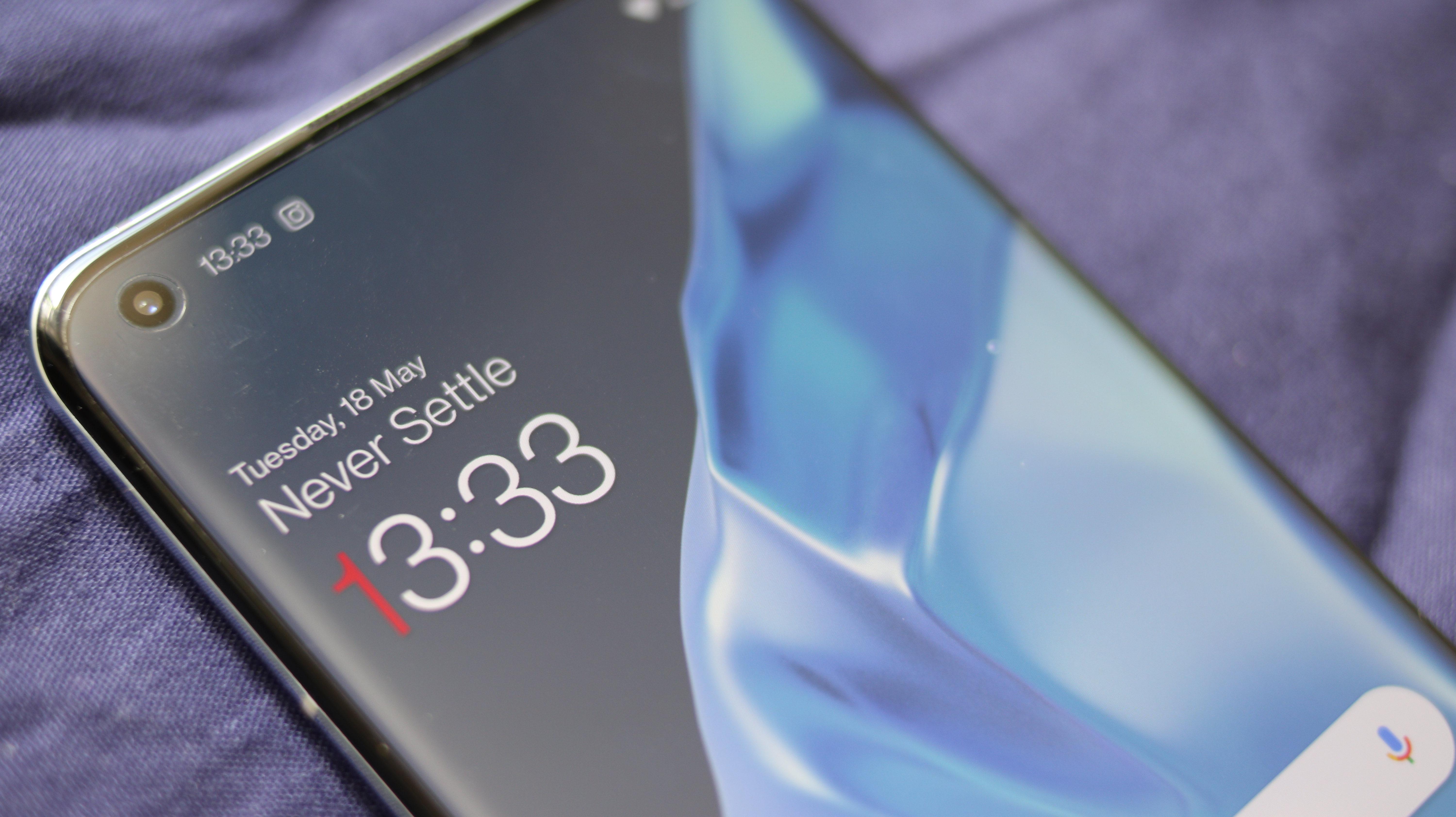
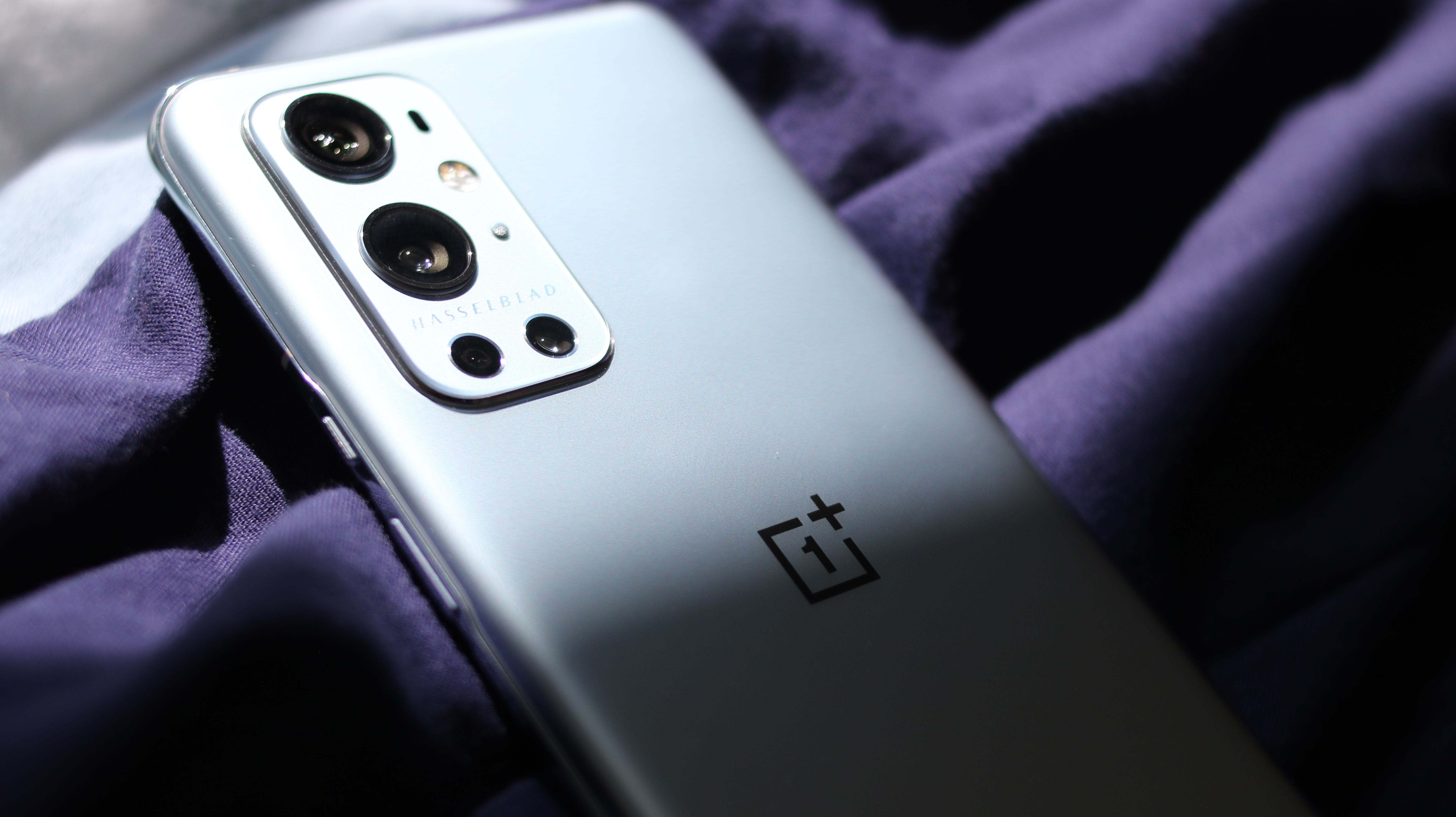
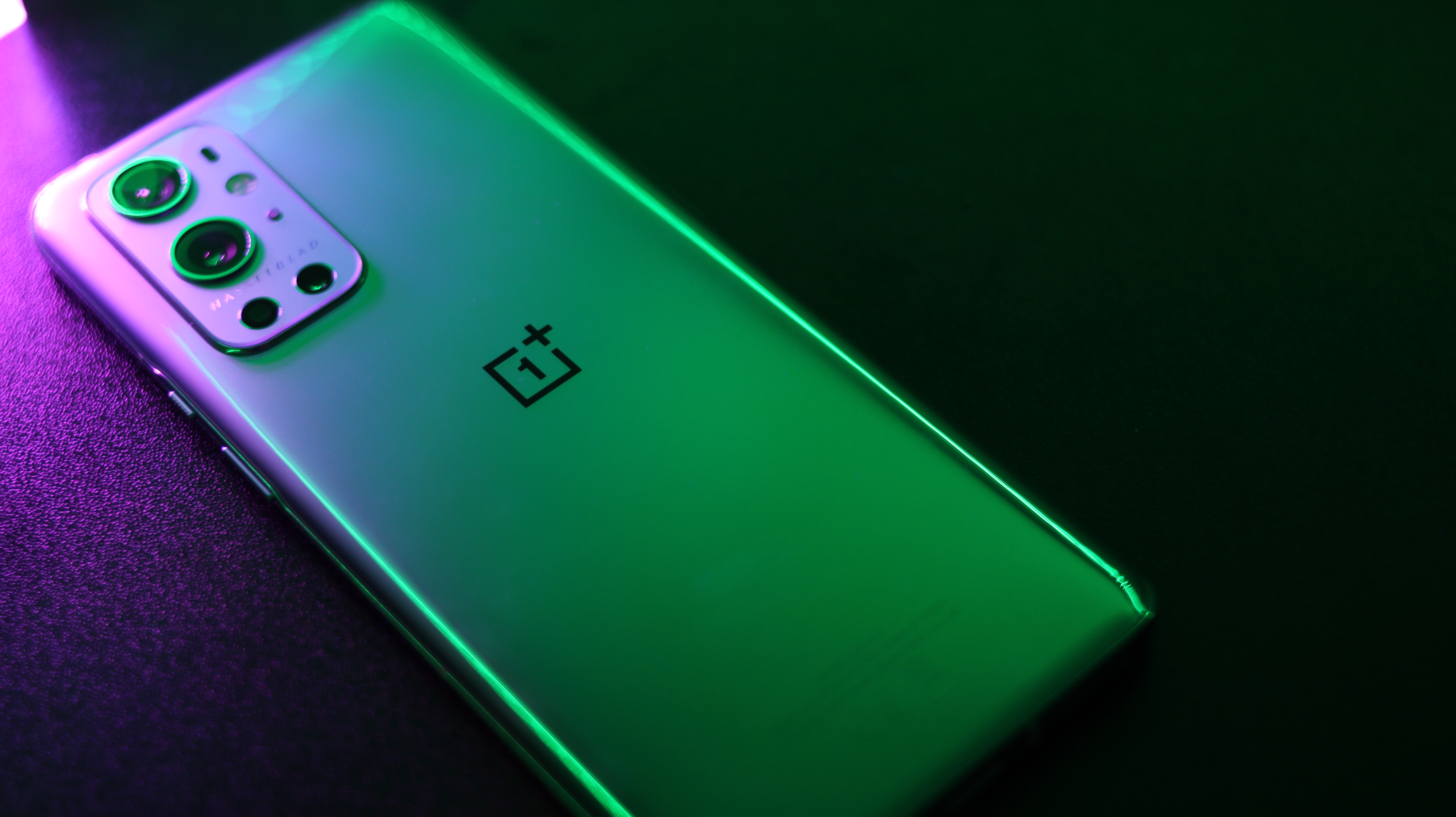
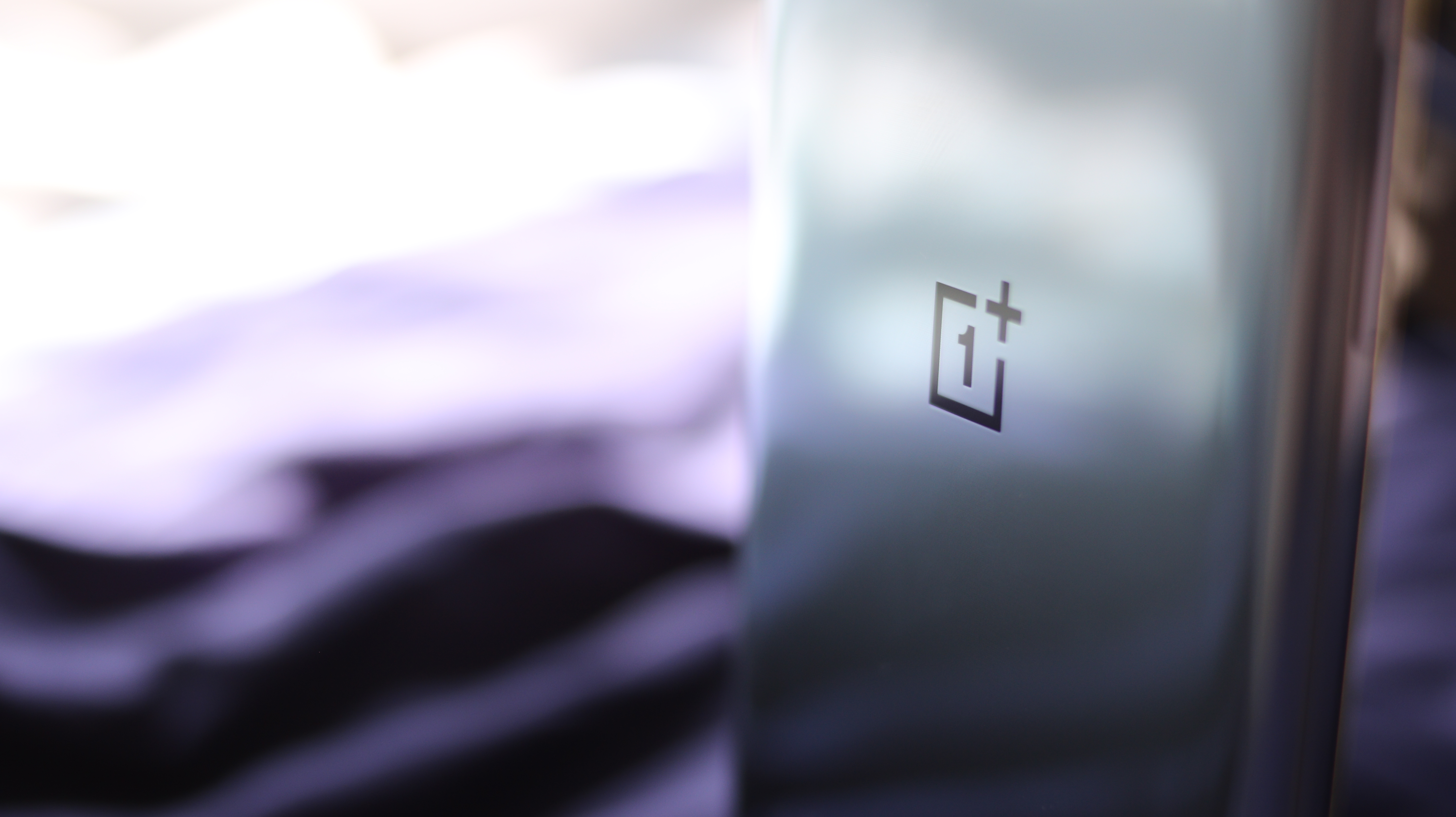
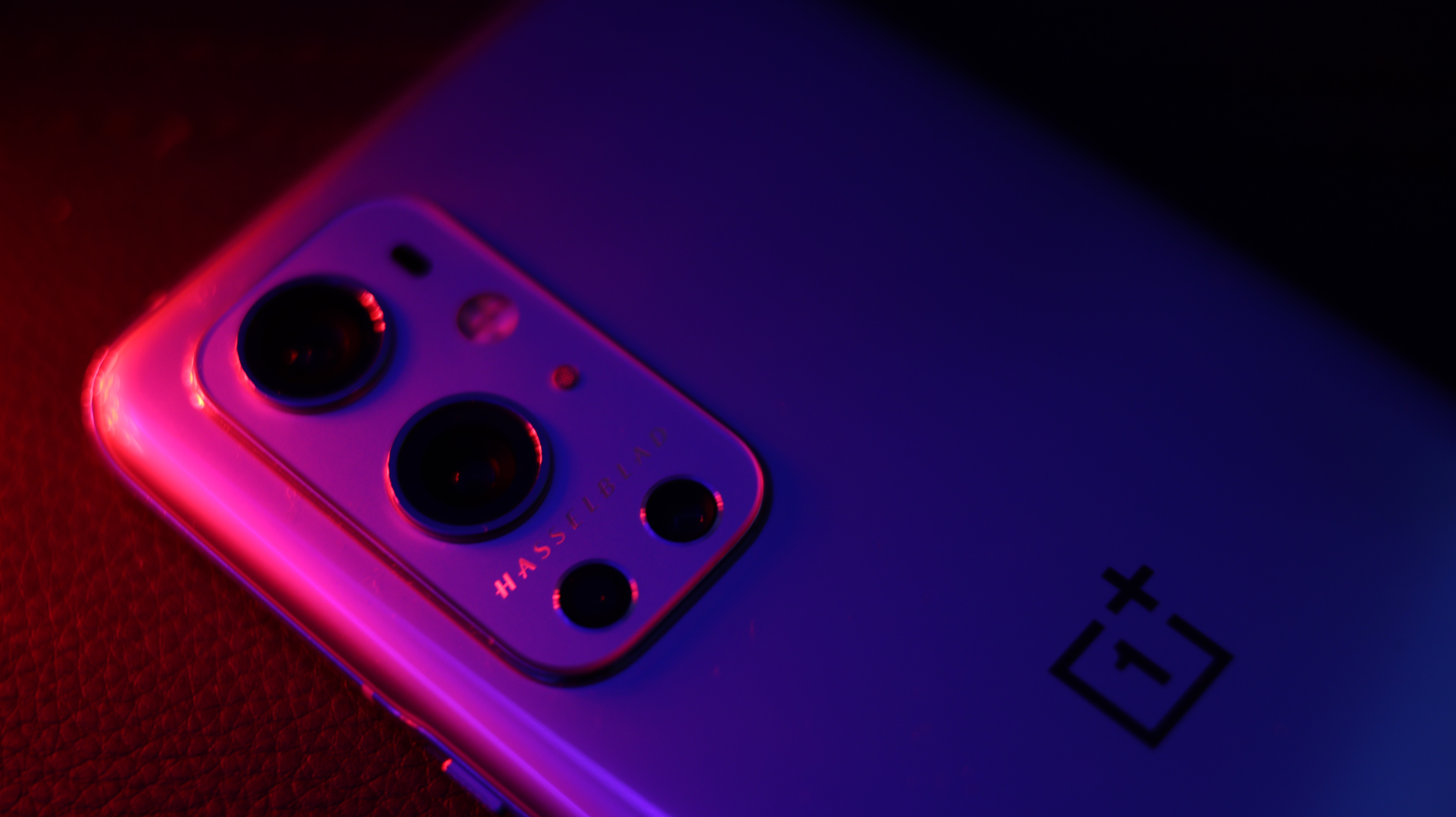
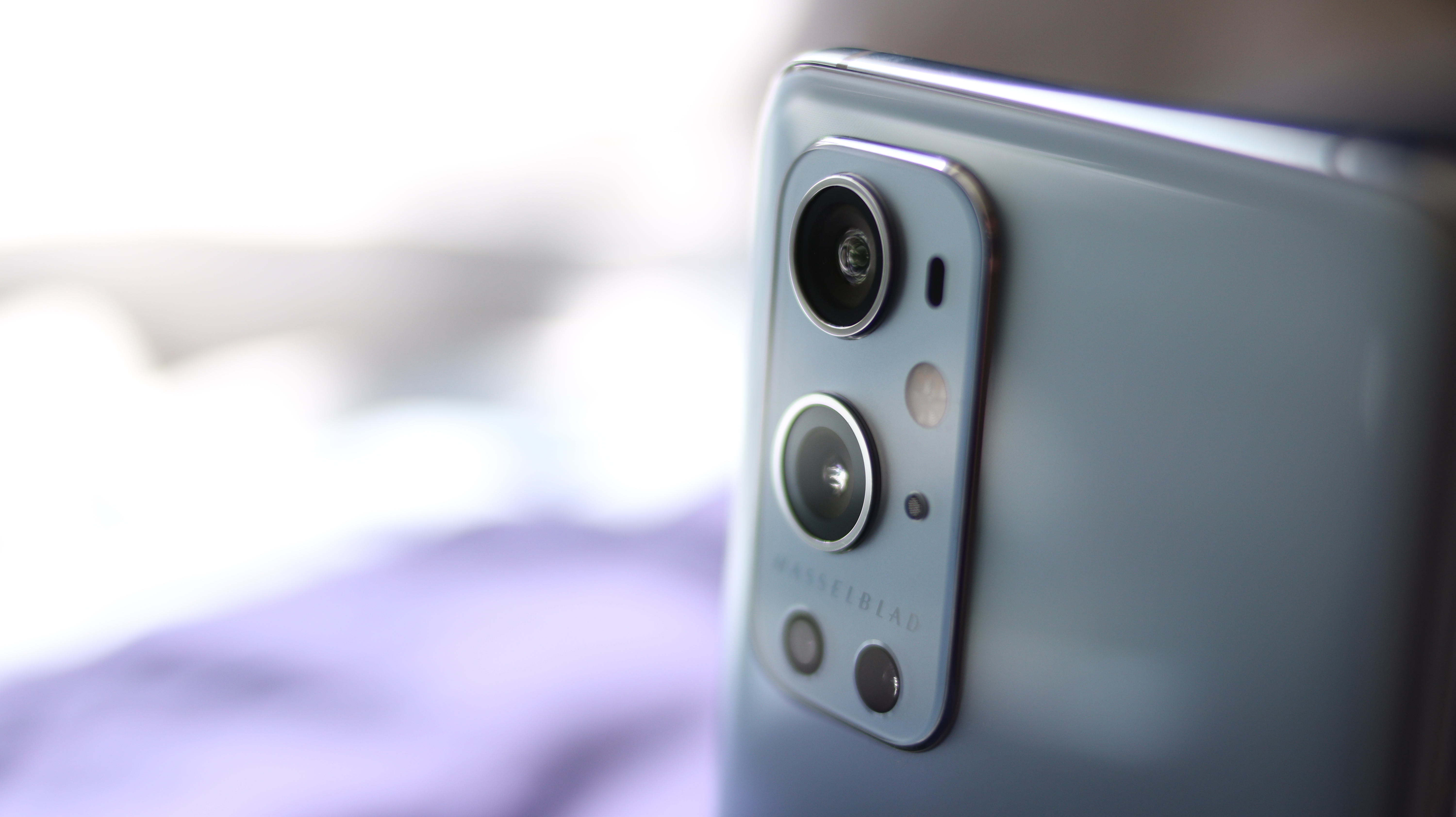
OnePlus enjoys an almost cult-like status in the UK, with its critically acclaimed smartphones not necessarily achieving mega sales figures. As such, the Chinese firm has never managed to break into the upper echelons of the market, as Huawei did in 2019.
OnePlus 7T Pro review: A minor tune-up Samsung Galaxy S21 Ultra review: Ultra in every sense of the word
This year, the firm is hoping to attract more fans with the OnePlus 9 and 9 Pro, with the latter having an extra camera and a bigger display for around £200 more. The big talking point this year, however, is an exclusive partnership with Swedish photography brand Hasselblad. But is this collaboration able to elevate the niche into the mainstream?
OnePlus 9 Pro review: Design
The first place to look is the design and, without veering into hyperbole, the OnePlus 9 Pro is one of the prettiest devices we've ever held. at 163mm tall and 8.7mm thick it's a larger phone than most, but it's more manageable than the 227g S21 Ultra at just 197g. It might not feel totally fresh to those that had the OnePlus 8T - the only real change is the Hasselblad-clad camera module on the back - but that shimmering signature sits proudly amongst an arsenal of lenses and is arguably more than enough to create a distinctive design.
What's more, it comes in three rather saucy shades: 'Morning Mist', 'Stellar Black' and 'Pine Green'. The names on their own don't quite do it justice; our Morning Mist review unit is mirrored in a way that picks up all sorts of colours and reflections to create a really engaging design.

In many ways, it's similar to efforts from Xiaomi, which also has shiny handsets, such as the Note 10 Pro, but there's a more polished feel about the OnePlus 9 Pro. The screen has a hole punch camera and a slight curve at the edges. The aluminium chassis is smooth and contrasts nicely with the back cover - and the Hasselblad and OnePlus logos just look straight up cool.
OnePlus 9 Pro review: Display
The 9 Pro's 6.7in AMOLED display has a 120Hz refresh rate, a 1,440 x 3,216 resolution and support for HDR10+. It's also backed up with an LTPO-panel, which is a technology we've already seen on Samsung's S21 Ultra. This was originally developed by Apple as a way for displays to switch between refresh rates and save battery life.
OnePlus calls it a 'smart' refresh rate, as it changes depending on what content you view; it drops down to as low as 1Hz for images and also matches video for frames per second. The stuff that needs the top refresh rate is social media, where you get a mixture of ever-changing content on a never-ending scroll. So you'll get a wonderfully smooth experience on Twitter and Instagram, but that also takes up lots of battery power.
You can also switch to 60Hz and keep that on all the time, as well as enable various colour modes. With our calibrator under the 'vivid mode' the 9 Pro hit a near-perfect score of 99.7% for gamut coverage and 138% gamut volume. You're looking at the iPhone 12 and the Samsung S21 Ultra for decent comparisons, which really does underline the quality of this screen. This included brightness, which peaked at 483cd/m2 under the normal settings but shot up to a blinding 1,151cd/m2 during HDR video playback.
OnePlus 9 Pro review: Specs and Performance
The software behind the display is powered by a top-tier Qualcomm chip in the form of the Snapdragon 888, which can be matched with either 8GB of RAM on the 128GB model or 12GB on the 256GB model. This is a high-powered CPU developed with a 5nm process that also features in the US version of the S21 and the Xiaomi Mi 11.

In GeekBench 5 the Pro came out extremely well, notching single-core scores of 1,132 and 3,557 for multi-threaded performance. Those are slightly better than the S21 Ultra, which, again, tells us that the 9 Pro is a super-fast handset.
However, these scores actually don't do justice to how it felt to use; everything is seamless and fast. The in-screen fingerprint sensor, for example, couldn't be snappier - and it also includes a choice of pretty effects when you press it. We've hit this phone with gaming, streaming and some actual work, and it was flawlessly responsive in every way.
OnePlus 9 Pro review: Battery
Just two years ago, a flagship smartphone would be expected to hit the 20-hour mark in our battery tests, but more and more are using power-hungry refresh rates that can quickly chip away at that. As mentioned previously, the 9 Pro's adaptive refresh rate means that the screen was running at the same rate as our test file (roughly 25fps), and combined with the 4,500mAh battery it lasted 17hrs 32mins in our looped video test.
While it's not as impressive as the 22hrs 12mins of the S21 Ultra, over 17hrs is a good result; that's over an hour or more than recent offerings from Xiaomi, such as the Note 10 Pro and the Mi 11, and also the Oppo Find.
Theoretically, the faster refresh rate should also be more of an issue in day to day use, particularly if you're heavily into social media and gaming. Surprisingly, however, we found it actually coped well with both, generally making it through to the end of the day. With a little less heavy usage, it even starts to creep into the next day.

Unlike a lot of the bigger manufacturers, OnePlus has included a 65W fast charger in the box (as well as 50W wireless charging) and it does exactly what it sets out to do; from less than 5%, we found its 'warp' charge can hit 90% and above in under 30 minutes. So if the battery does die sooner than expected then you can at least quickly top it up.
OnePlus 9 Pro review: Features
There's a lot to love on the OnePlus 9 Pro, such as its intuitive OxygenOS Android 11 skin, or the dedicated ringer switch that appears on all the company's devices. This has three settings - loud, vibrate and silent - and it's so easy to use it makes us wonder why no other flagship phones have it. And on top of that, we have the now standard fare of facial recognition, 5G connectivity, Wi-Fi 6, Bluetooth 5.2 and IP68 dust and water resistance.
The OxygenOS is particularly good and may even be our favourite customisation of Android, as it's easy to use and not riddled with bloatware. Now, while we would usually avoid writing for extended periods on a smartphone, that actually felt plausible with the OnePlus 9 Pro, thanks to the fact that its virtual keyboard is so good. The only issue we found was the closeness of the space-bar to the navigation icons at the bottom; we kept hitting the home button and accidentally exiting apps.
OnePlus 9 Pro review: Camera(s)
Camera technology on OnePlus phones hasn't always been as strong as rivals and could be the reason the firm has remained niche. Coincidentally, Huawei's 2019 success can easily be attributed to its fantastic Leica partnership. Both of these factors could well be the thinking behind OnePlus's collaboration with Hasselblad, which has brought its DSLR-quality software to the 9 Pro.
Compared to the 8T, the only change with the lenses is a slightly larger pixel range for the ultrawide lens, which has gone from 48MP to 50MP. Everything else that's new is down to Hasselblad and includes an orange shutter button, colour tuning and the interface for the pro mode. The quad-lens setup also features a 48MP wide-angle lens, an 8MP telephoto lens and a 2MP monochrome sensor, plus a 16MP selfie camera.

As with Samsung's S21, the iPhone 12 and Huawei's P40, the 9 Pro has a night mode - dubbed 'Nightscape' - which takes dark photos and uses software to add more light. It works like a charm, illuminating images with very little noise. However, this mode always seems to be 'on' and we found it creates a lot of slightly overexposed pictures. That isn't a huge issue, and it doesn't affect the pro setting, but it isn't something we found on the S21 or the iPhone 12 - both of which are admittedly more expensive.
The 9 Pro does manage to match both the S21 and iPhone 12 with video, presenting a few options, including shooting in 8K with 30 fps or 4k with 60fps, both with optical and electronic image stabilisation. You can also shoot in 4K at 120fps, but this footage will be unstabilised. Again, there's lots of Hasselblad design here with more orange buttons, but we can't dispute the quality.
OnePlus 9 Pro review: Verdict
The cult following that OnePlus has might not like the price of the 9 Pro; it's £829, and Xiaomi phones are undercutting that somewhat. However, this is an Android handset that presents a genuinely worthy alternative to Samsung's S21 - if you're willing to accept slightly less camera quality - and there's still a big difference in price between the two (over £150).
This is, without doubt, the best smartphone OnePlus has ever produced and, taking into account value for money, it could well be the best Android phone currently available. With Huawei's mobile business going south, the OnePlus 9 Pro could finally be that long-awaited mainstream hit.
OnePlus 9 Pro Specifications
| Processor | Qualcomm Snapdragon 888 5G (5 nm) |
| RAM | 8GB, 12GB |
| Screen size | 6.7in |
| Screen resolution | 1440 x 3216 pixels, 20:9 ratio |
| Pixel density | 525 ppi |
| Screen type | LTPO Fluid2 AMOLED, 120Hz, HDR10+ |
| Front camera | 16MP, f/2.4 |
| Rear camera | 48MP, f/1.8, 8MP, f/2.4, 50MP, f/2.2, 2MP, f/2.4 |
| Dust and water resistance | IP68 |
| 3.5mm headphone jack | No |
| Wireless charging | Yes |
| Connection type | USB Type-C 3.1 |
| Storage options | 128GB, 256GB |
| Memory card slot | No |
| Bluetooth | 5.2 |
| NFC | Yes |
| Cellular data | Yes |
| Dual SIM | Yes |
| Dimensions (WDH) | 163.2 x 73.6 x 8.7 mm |
| Weight | 197g |
| Operating system | Android 11, OxygenOS |
| Battery size | 4,500mAh |
Get the ITPro daily newsletter
Sign up today and you will receive a free copy of our Future Focus 2025 report - the leading guidance on AI, cybersecurity and other IT challenges as per 700+ senior executives
Bobby Hellard is ITPro's Reviews Editor and has worked on CloudPro and ChannelPro since 2018. In his time at ITPro, Bobby has covered stories for all the major technology companies, such as Apple, Microsoft, Amazon and Facebook, and regularly attends industry-leading events such as AWS Re:Invent and Google Cloud Next.
Bobby mainly covers hardware reviews, but you will also recognize him as the face of many of our video reviews of laptops and smartphones.
-
 ‘Phishing kits are a force multiplier': Cheap cyber crime kits can be bought on the dark web for less than $25 – and experts warn it’s lowering the barrier of entry for amateur hackers
‘Phishing kits are a force multiplier': Cheap cyber crime kits can be bought on the dark web for less than $25 – and experts warn it’s lowering the barrier of entry for amateur hackersNews Research from NordVPN shows phishing kits are now widely available on the dark web and via messaging apps like Telegram, and are often selling for less than $25.
By Emma Woollacott Published
-
 Redis unveils new tools for developers working on AI applications
Redis unveils new tools for developers working on AI applicationsNews Redis has announced new tools aimed at making it easier for AI developers to build applications and optimize large language model (LLM) outputs.
By Ross Kelly Published
-
 Google layoffs continue with "hundreds" cut from Chrome, Android, and Pixel teams
Google layoffs continue with "hundreds" cut from Chrome, Android, and Pixel teamsNews The tech giant's efficiency drive enters a third year with devices teams the latest target
By Bobby Hellard Published